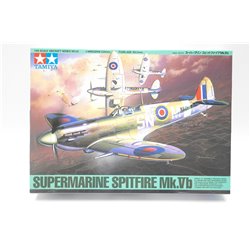Static grass puffer bottles work by manually charging model grass fibres with static electricity. When the charged...
No products
Product successfully added to your shopping cart
There are 0 items in your cart. There is 1 item in your cart.
Search Tips
What are contra-rotating propellers and what advantages do they offer over normal propellers ?
Contra-rotating propellers, also known as counter-rotating propellers, are a type of propeller system that consists of two propellers mounted on the same shaft, with one rotating clockwise and the other rotating counterclockwise. This configuration is commonly used in aviation and marine applications.
The main advantage of contra-rotating propellers is increased efficiency. By having two propellers rotating in opposite directions, the airflow between them is better controlled, resulting in reduced turbulence and increased thrust. This allows for better performance, especially at low speeds and during take-off and landing.
Another advantage is improved maneuverability. Contra-rotating propellers provide better control and stability, especially in situations where quick changes in direction are required. This is particularly important in aviation, where aircraft with contra-rotating propellers have improved yaw and roll control.
Additionally, contra-rotating propellers can help reduce vibration and noise levels. The opposing rotation of the propellers helps to cancel out some of the vibrations that would be present in a single propeller system. This can lead to a smoother and quieter operation, which is beneficial for both the operator and passengers.
In summary, contra-rotating propellers offer advantages in terms of increased efficiency, improved maneuverability, and reduced vibration and noise levels. They are particularly beneficial in larger aircraft and other applications where performance and control are crucial.
Click here to receive the tips weekly in your mailbox. You can unsubscribe at any time.








